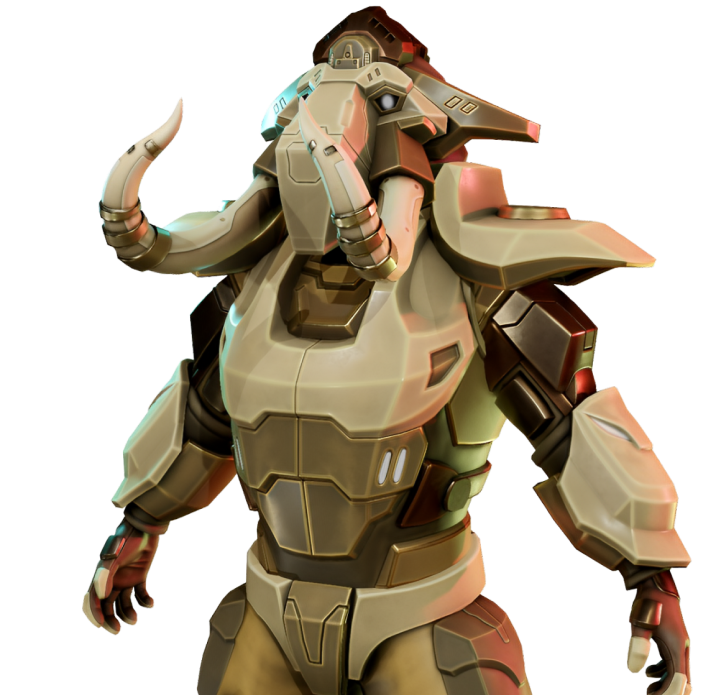Hidden Object Games (HOGs) continue to captivate players worldwide with their blend of visual storytelling, puzzle-solving, and immersive environments. Central to their appeal is the art—intricately detailed scenes where every pixel matters. High-quality hidden object game art is both an aesthetic triumph and a design challenge. This guide walks you through the essential steps to creating visually stunning and engaging HOG art.
1. Understand the Game’s Theme and Audience
Before diving into illustration:
-
Clarify the game’s genre—mystery, fantasy, historical, casual.
-
Identify the target audience—casual gamers, children, seasoned puzzle enthusiasts.
-
Define the art style—realistic, painterly, cartoonish, or stylized.
The theme and style will shape every visual decision, from color palette to object design.
2. Concept and Scene Planning
Effective HOG art starts with meticulous planning:
-
Storyboard key scenes and list primary and secondary objects.
-
Determine narrative elements to weave into the background—each object should feel organically placed.
-
Consider layered storytelling—background elements can hint at character backstories or plot twists.
This phase prevents overcrowding and ensures every item supports the story.
3. Composition and Layout
A successful hidden object scene balances clarity and challenge:
-
Use the rule of thirds and leading lines to guide the player’s eye.
-
Place objects with varying levels of prominence—foreground, midground, background.
-
Employ intentional clutter—natural enough to seem believable, yet composed enough to allow for hidden object discovery.
Test layouts early to avoid frustrating visual noise.
4. Object Design and Integration
Each hidden object should be crafted with care:
-
Design objects at full resolution, considering how they will scale.
-
Maintain consistent lighting, texture, and perspective so objects don’t feel “pasted on.”
-
Integrate objects naturally—use partial occlusion, shadow placement, and blending techniques to immerse them in the scene.
Avoid clichés: the more inventive your hiding methods, the more rewarding the player’s experience.
5. Color and Lighting Mastery
Color and lighting drive both mood and visual clarity:
-
Choose a color palette that supports the scene’s tone while allowing key objects to subtly pop.
-
Use local lighting (lamps, sunlight, reflections) to highlight interactive areas.
-
Apply atmospheric effects (fog, depth of field, bloom) to enrich the scene without overwhelming it.
Lighting consistency is critical to maintaining realism and cohesion.
6. Polish and Player Testing
Finally:
-
Zoom in and review all assets at high resolution—HOG players often scrutinize every detail.
-
Test the scene with players of various skill levels. Note whether any objects feel unfairly hidden or too obvious.
-
Iterate on feedback, balancing difficulty and visual delight.
Remember: player satisfaction is the ultimate goal.
Creating high-quality hidden object game art is a blend of technical precision, creative composition, and thoughtful storytelling. By following a structured process—from concept to polish—you can craft scenes that not only challenge players but also draw them deeper into your game’s world.
Every object tells a story. Every scene holds a secret. The magic lies in the art.





Leave a comment